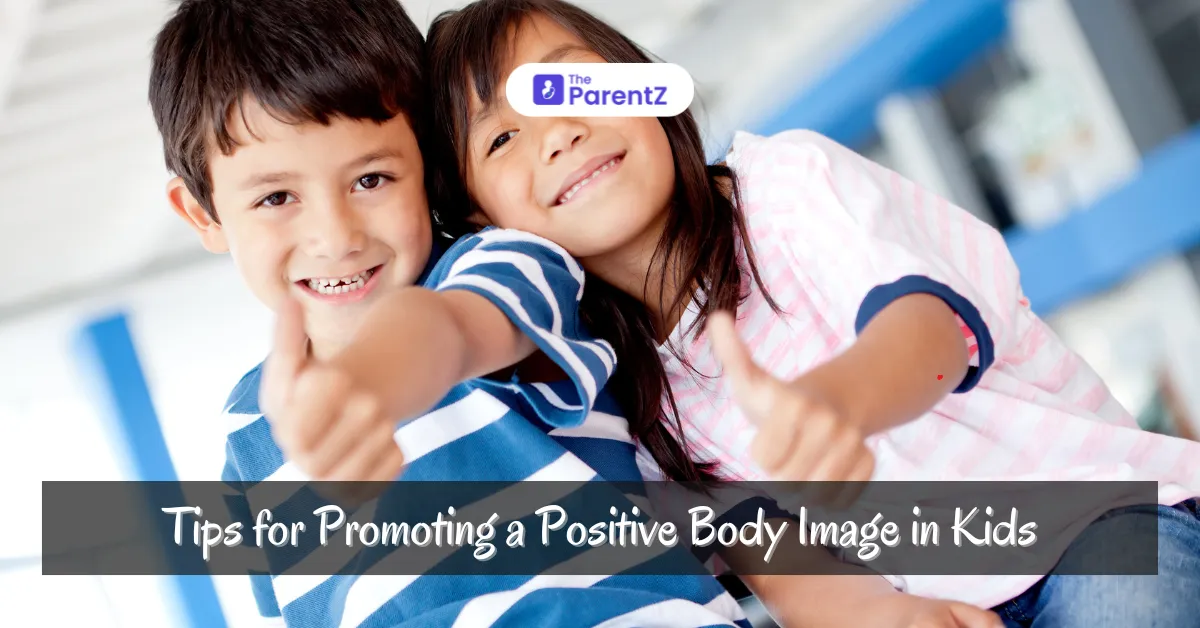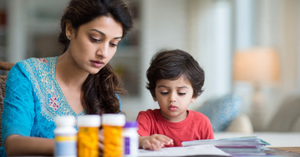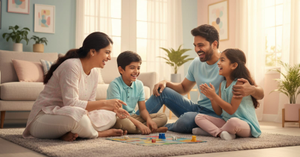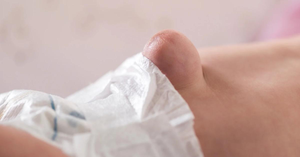A positive body image is essential for a child’s mental and emotional well-being. As children grow, they are exposed to various influences from media to social interactions—that can shape how they view their own bodies. Studies show that children who develop a healthy body image are more likely to have higher self-esteem and better long-term mental health outcomes. Here are evidence-based strategies to promote a positive body image in kids, supported by medically reviewed facts.
Evidence-based strategies to promote a positive body image in kids
1. Focus on Health, Not Appearance
• Fact: A study published in The Journal of Adolescent Health found that emphasizing physical health over appearance significantly boosts self-esteem in children (1).
• Encourage healthy eating and regular exercise, highlighting the benefits for energy, strength, and growth, rather than focusing on weight or looks.
2. Be a Positive Role Model
• Fact: Research in Body Image shows that children are less likely to develop body dissatisfaction when parents model positive behaviors about their own bodies (2).
• Avoid making negative comments about your own or others’ appearances. Instead, talk about the body in terms of its abilities, and practice self-acceptance.
3. Limit Exposure to Unrealistic Media
• Fact: A study in Pediatrics revealed that children exposed to unrealistic media portrayals of body image are more prone to body dissatisfaction and negative self-image (3).
• Reduce children’s exposure to media that promotes idealized body standards. Teach them about how images are often digitally altered and unrealistic.
4. Emphasize Body Function Over Appearance
• Fact: A study from The International Journal of Behavioral Nutrition and Physical Activity shows that focusing on body capabilities (e.g., strength, endurance) fosters better body satisfaction in children (4).
• Reinforce the message that their body is amazing because of what it can do—whether it’s running fast, playing sports, or learning a new skill.
5. Address Negative Self-Talk Early
• Fact: Research in The Journal of Youth and Adolescence suggests that addressing negative body-related thoughts early can prevent long-term body image issues (5).
• If a child expresses dissatisfaction with their body, respond with positive reinforcement. Help them focus on what they like about themselves and encourage affirmations like “I am strong” or “I am unique.”
6. Highlight Diversity in Body Types
• Fact: A review in The Journal of Eating Disorders found that children exposed to diverse representations of bodies are less likely to experience body dissatisfaction (6).
• Introduce diverse body images through books, toys, and media that show people of various shapes, sizes, and ethnicities. This helps normalize body diversity and fosters acceptance.
7. Encourage Friendships Based on Personality, Not Looks
• Fact: According to research in Developmental Psychology, children who value friendships based on personality traits over appearance report higher self-esteem (7).
• Teach children that qualities like kindness, intelligence, and a good sense of humor are far more important than looks when forming friendships.
Conclusion
Building a positive body image in children is crucial for their overall development and self-confidence. By focusing on health, promoting media literacy, modeling positive behaviors, and celebrating diversity, parents can guide children toward a healthy and balanced view of their bodies. These evidence-backed strategies will help ensure that kids grow up with a sense of self-worth rooted in their abilities, not their appearance.








Be the first one to comment on this story.